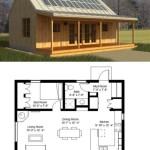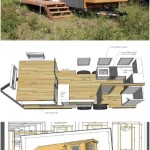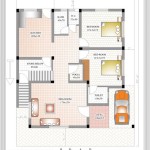Essential Aspects of Floating Tiny House Plans
Floating tiny houses present unique challenges and opportunities for homeowners. Understanding the essential aspects of floating tiny house plans is crucial for designing and building a successful and sustainable living space on the water.
Hull Design
The hull is the foundation of a floating tiny house, providing stability and buoyancy. It must be designed to withstand the forces of water, weather, and potential impact. Common hull designs include:
- Barge-style: A flat-bottomed, rectangular hull with a deep draft that provides excellent stability.
- Pontoon-style: A series of interconnected buoyant tubes that provide a shallow draft and high stability.
- Trimaran-style: A hull with three interconnected pontoons, offering increased stability and resistance to rolling.
Mooring System
The mooring system secures the floating tiny house to the shoreline or other fixed structures. It consists of:
- Anchors: Heavy weights dropped into the water to provide resistance.
- Chain or lines: Used to connect the anchors to the house.
- Fenders: Cushioned devices that protect the house from contact with other structures.
Utilities
Floating tiny houses require innovative solutions for utilities:
- Water supply: Can be obtained from shore hookups, rainwater collection systems, or desalination units.
- Waste disposal: Typically handled by a small marine sanitation device (MSD) or a holding tank.
- Power: Can be provided by solar panels, wind turbines, a generator, or shore hookups.
Materials and Construction
Materials used in floating tiny house construction must be water-resistant and durable. Common choices include:
- Wood: Treated lumber is commonly used for framing and exterior cladding.
- Fiberglass: Lightweight and corrosion-resistant material suitable for hulls and decks.
- Aluminum: Lightweight and strong material used for hulls and structural components.
Legal Considerations
Floating tiny houses may require specific permits and certifications depending on the location. It's essential to consult with local authorities regarding building codes, zoning regulations, and mooring requirements.
Sustainability
Floating tiny houses can be designed to be sustainable and environmentally friendly:
- Energy efficiency: Solar panels, insulation, and energy-efficient appliances can reduce energy consumption.
- Water conservation: Rainwater collection systems and low-flow fixtures can minimize water usage.
- Waste reduction: Composting toilets and recycling programs can help reduce waste production.
Conclusion
Designing and building a floating tiny house requires careful consideration of the essential aspects discussed above. By understanding hull design, mooring, utilities, materials, legal considerations, and sustainability, homeowners can create a safe, comfortable, and environmentally conscious living space on the water.

Floating House Plans

Floating House Plans

Modern Floating Tiny Home In Prague House Boat How To Plan Boathouse Design

This Tiny House Can Be Built In One Day And It Floats On Water

Floating Rooms Minimalist Tiny House Design

Tiny Floating Home Archives House Blog Boat Pontoon Houseboat Shanty

Floating House Floor Plan 1 E Architect Plans

This Tiny House Can Be Built In One Day And It Floats On Water

Prefabricated Floating House Can Be Shipped Worldwide

Gallery Of Floating Home I29 45








